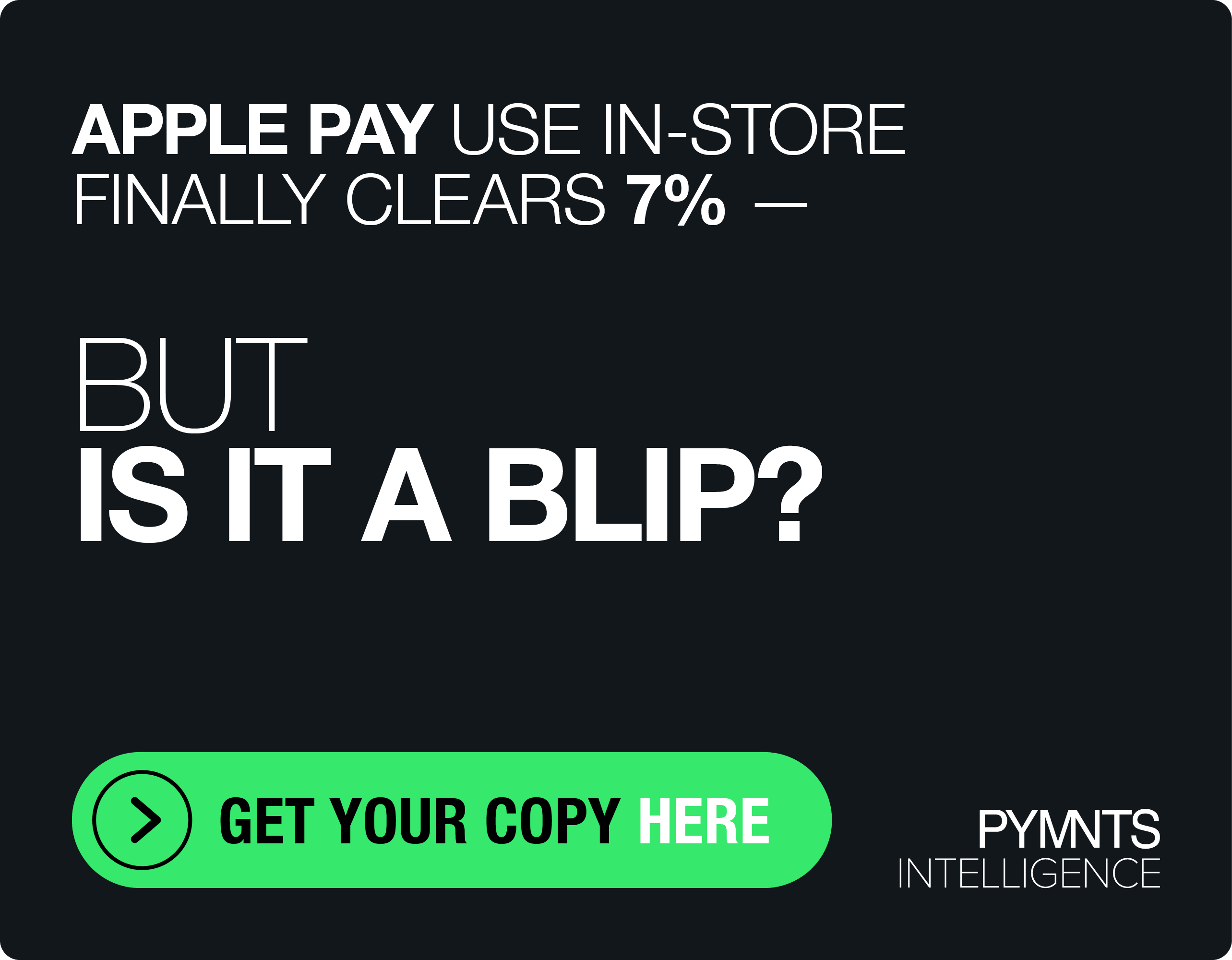Things To Know: The Industries Getting Subscription Commerce Right (And Wrong)

Subscription services are profitable for merchants. Making a one-time sale means receiving a one-time payment, but subscriptions mean that original sale results in months — sometimes even years — of consistent, regular revenue. The market for subscription services is increasingly competitive, however, and consumer experience is key for any merchant looking for an advantage in the space.
A business considering a move into subscription services should likely emulate the successes of established players. That said, how is one to know which industries are doing well in terms of customer experiences and which ones have room for improvement?
The PYMNTS Subscription Commerce Conversion Index™, in collaboration with subscription management and recurring billing services provider Recurly, examined subscription services across the board and assigned merchants scores of 1 to 100 based on the quality of customers’ experiences. The Index determined patterns in friction points that dissuade shoppers from making purchases, and its scores are representative of the aggregate quality and convenience of subscription checkout functionality.
According to the Index, these are the most effective industries at ensuring positive subscription checkout experiences — and also the least.
SaaS Is On Top, But Maybe Not Forever.
Adobe is a pioneer in subscription services and, five years after moving its Adobe Software suite to a subscription model, the industry is still leading the pack, according to Index findings. With a disaggregated score of 65.9, the software as a service (SaaS) sector is still ahead of any other industry surveyed.
The gap is narrowing, though. The industry’s Index score actually fell by 2.6 points this quarter, whereas others made gains. It’s still at the top of the heap, for the moment, but — barring significant changes in the next quarter — maybe only for now.
Business Services Is Dead Last, And Falling.
On the other side of the Index, Business Services had a poor showing this quarter. The industry received the lowest score of any surveyed sector at 53.2, a decline of 4.8 from the previous Index edition in which it made a middle-of-the-pack showing of 58. As a result, the sector dropped three positions in the Index standings.
The Index data makes it clear there’s plenty of room for improvement for merchants in the space, but cautions against interpreting these results too negatively. More surveyed merchants were included in the Business Services sector this quarter than the last, so it isn’t definitively clear that the industry is getting worse at providing subscriber experiences.
A Strong Showing From Video On Demand.
Perhaps the most discussed customer-facing subscription services, the Video On Demand (VOD) sector did well this quarter, according to the Index. The Netflix-headed industry placed a strong second behind SaaS, receiving an Index score of 64.8 that was up nearly a point from last quarter’s 63.9.
If current trends continue, VOD is a strong contender to unseat SaaS from its spot at the top of the Index. But, other industries, like Education and Consumer Services, seem to be seeing even larger gains.
Consumer Goods Are Staying About The Same.
Despite rising a place in the charts this quarter, the consumer goods industry Index score hasn’t changed much relative to other sectors. That increased standing even comes in a quarter where the industry’s Index score fell slightly, from 61.8 points last quarter to 61.5 in the present one. This isn’t necessarily a bad thing, according to the Index. Even if Consumer Goods didn’t see major improvements over the last quarter, it hasn’t gotten significantly worse, either, as some other sectors have.
Subscription commerce is increasingly important for merchants. According to the Index, the number of visitors to subscription sites has increased by more than 800 percent since 2014, and there’s little indication that the model is slowing down. Merchants looking for consistent revenue streams should consider the space if they find it suits their businesses’ needs. But, in making the switch, it appears some industries should be emulated while others should not.
The PYMNTS Subscription Commerce Conversion Index™, a Recurly collaboration, measures frictions that exist in the digital shopping experience for subscription services and products, as well as how those frictions affect the final conversion rates for a merchant. This Index analyzes why certain sites are better at converting sales than others, examining several pre-payment factors that generate either friction or sales.
